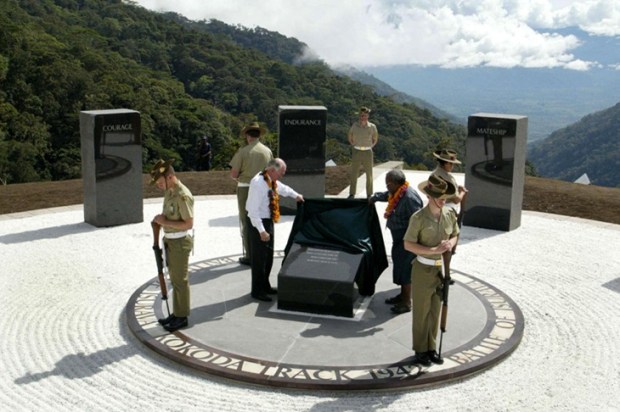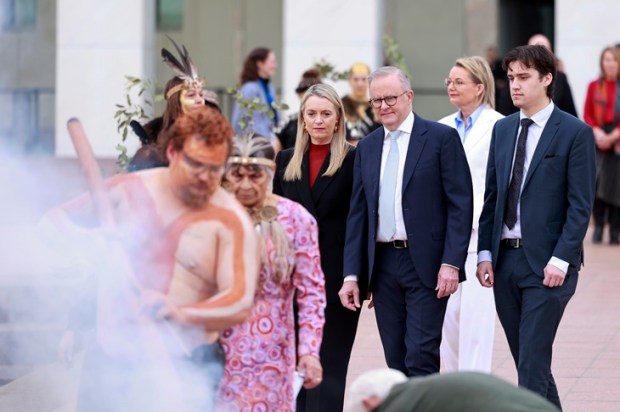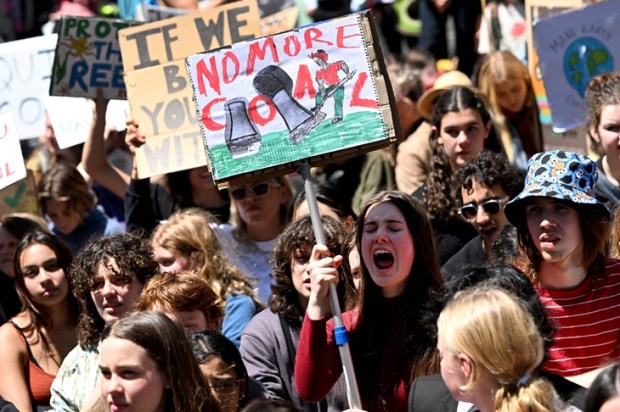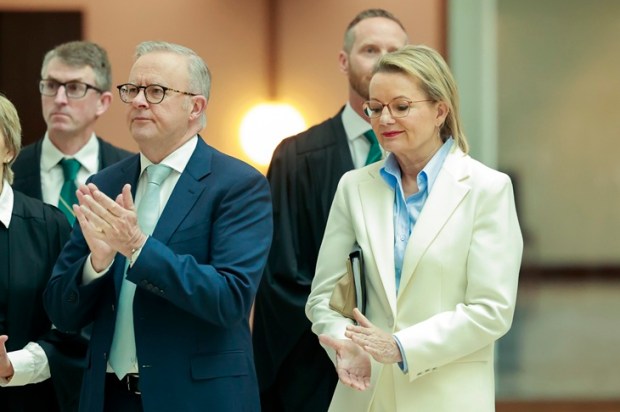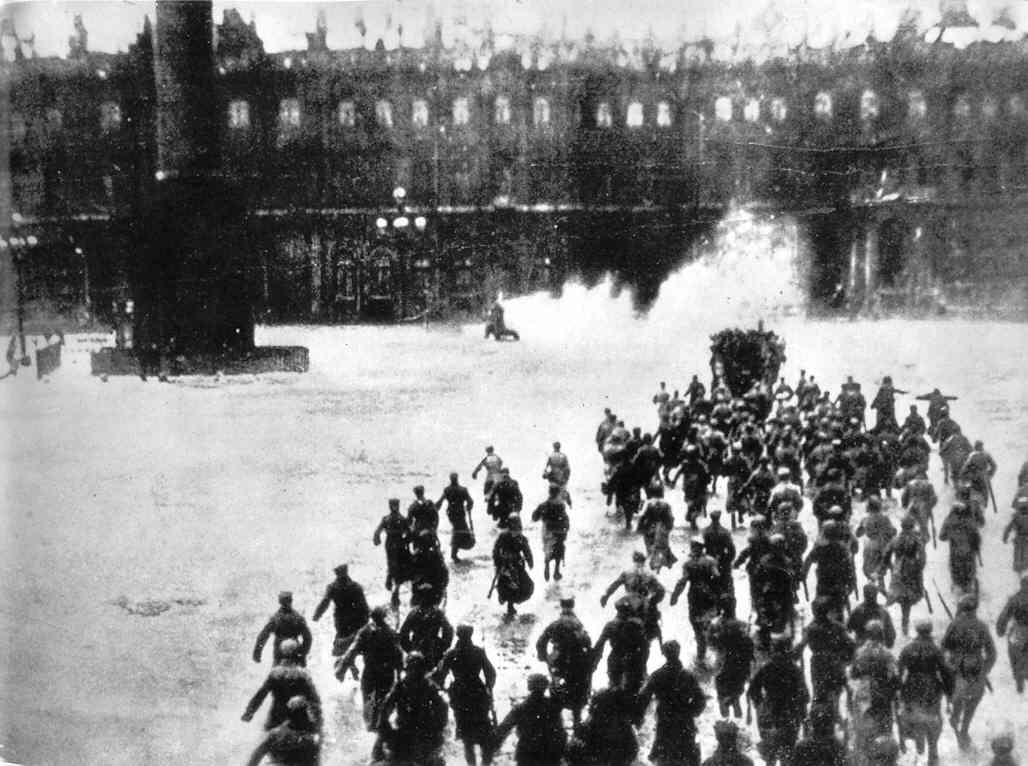 Self-confident democratisation within established political parties turns the tide against weak membership and enhances electoral prospects. These are the lessons from the Victorian division of the Liberal Party and the critical future direction for our New South Wales kin.
Self-confident democratisation within established political parties turns the tide against weak membership and enhances electoral prospects. These are the lessons from the Victorian division of the Liberal Party and the critical future direction for our New South Wales kin.
Fifty years ago 5.8 per cent of Australians were members of political parties – approximately 684,000 people across the nation – and more than 25 per cent of Australians were members of the trade union movement. In fifty years, the country’s population has doubled, the shape and scale of government has grown and the media’s 24-hour news cycle has never been so intensely focused on the machinations of government. Despite unprecedented growth and innovation, the public’s interest in political involvement has plummeted. Today less than 0.5 per cent of Australians are members of a political party, and less than 7 per cent are members of a trade union. This dramatic change has deeply shaped the character and culture of our democracy.
Major political parties have recognised the impact of organisational decline. Collapsing membership means older and fewer volunteers, less in the way of campaign funds and inevitably a smaller pool of available political talent – drawn largely from one or two professional backgrounds. The political outcome of this has been a significant reduction in primary votes and growing public sentiments of dishonesty, elitism and privilege within the political class, echoed in the well-publicised ANU Australian Electoral Study surveys revealing a loss of pride and confidence in democracy.
Fortunately, both parties of government have independently analysed, debated and largely undergone reform. Most recently the Australian Labor Party gave rank and file members a right to vote on parliamentary leadership as well as preselections.
In the middle of last decade the Victorian division of the Liberal Party embarked on its own reform debate, and by 2008 had embraced a set of constitutional and organisational reforms. These were led by past Victorian division presidents David Kemp and Tony Snell, ably aided at the time by Prime Minister Malcolm Turnbull’s current Special Minister of State Scott Ryan. The reforms focused on a preselection plebiscite model giving every Victorian member the right to vote in their lower house preselections, and the further democratisation of organisational elections.
Eight years later the Victorian division has flourished. At the last federal election, Victorian Liberals achieved comparatively our best federal election result ever. Victoria was the only state to gain a seat from Labor while sending some of the best and brightest new talent to Canberra, and for the first time in almost 50 years the division is experiencing a gradual and sustained membership growth.
Credit is shared amongst a new wave of party organisational leadership and an activist secretariat. Party president Michael Kroger’s campaign focus and support of broad-based recruitment has re-energised the Victorian division with new ideas, new talent and desperately needed new members.
It is important to recognise Victoria’s seeds of success were sown by democratic organisational reform, which put all members on an equal footing to parliamentarians, lobbyists and political apparatchiks. A mission integral to the spirit of the party’s founder Sir Robert Menzies.
Most other Liberal divisions around Australia have implemented and benefited from similar organisational reform. However, the largest and traditionally strongest of them all – New South Wales – has not, and at the last election suffered the party’s worst result – a seven-seat electoral wipeout.
Internal and public outcry over the failing of process within the NSW division is well known, with a long list of party leadership figures clearly articulating the dangers of the current organisational structure and preselection process.
Most recently Assistant Minister Angus Taylor defiantly articulated the case for change while addressing the Sydney Institute. Taylor suggested that the NSW centralised power model produced “elitist policy and elitist politics”, and further stated that it will be “very difficult to win elections without democratising”.
When sensible parliamentarians make clear, unequivocal statements about the plight of the Liberal Party’s premier state, surely it’s time for leadership figures to lead. In their absence, the failing of the NSW division is sure to infect the national prospects of the Liberal Party, and in turn, draws other divisions to question the motivations of those continuing with the status quo.
The NSW failure is about much more than factional allegiance and philosophical difference, and for individuals to suggest otherwise is intellectually and politically dishonest.
The failure of NSW is about a failure of the Liberal Party’s mandate. Since its inception, the party has been a representative vehicle for the forgotten people – championing the interests of the non-unionised workforce, small business, voluntary organisations, faith communities and all families. But as former prime ministers have publically stated, how can this be achieved in the NSW division – with only 8,000 members in a state of 7.5 million, where the overwhelming majority are not permitted to vote, cannot join a branch, cannot start a branch and cannot debate their party’s policies for fear of expulsion.
Australians, in general, may be much less involved in the political process today than in the past, but one thing they are absolutely aware of is mischief within their democracy – as experienced by Labor Senator Sam Dastyari. Whether Dastyari’s actions were explicitly legal or not is secondary to the perception of wrongdoing. The mere perception was sufficient cause for the public to lose faith and trust in Dastyari.
In an era where a corporate brand matters almost as much shareholder returns, companies found to be employing lobbyists involved in the blatant manipulation of major political parties may well receive a similar fate to Dastyari.
NSW leadership figures have an opportunity to draw a line in the sand and embrace a reform agenda as Victoria and other states have done. The Victorian example demonstrates that democratisation grows membership, increases fundraising capacity, develops campaign volunteerism and promotes excellence in candidates. Centralisation has proven to do the opposite. The consequences of continuing with the status quo are dire and will affect the party’s electoral outlook in the years to come.
The tale of two states is about more than just the Liberal Party. It is about the quality of our democracy and the people involved in it. Union or lobbyist domination of governments leads to broad-based supporter disenchantment, political cronyism and widespread voter disillusionment.
Marcus Bastiaan is a member of the Victorian Liberal Party state executive and owner of software development business Lead Software

